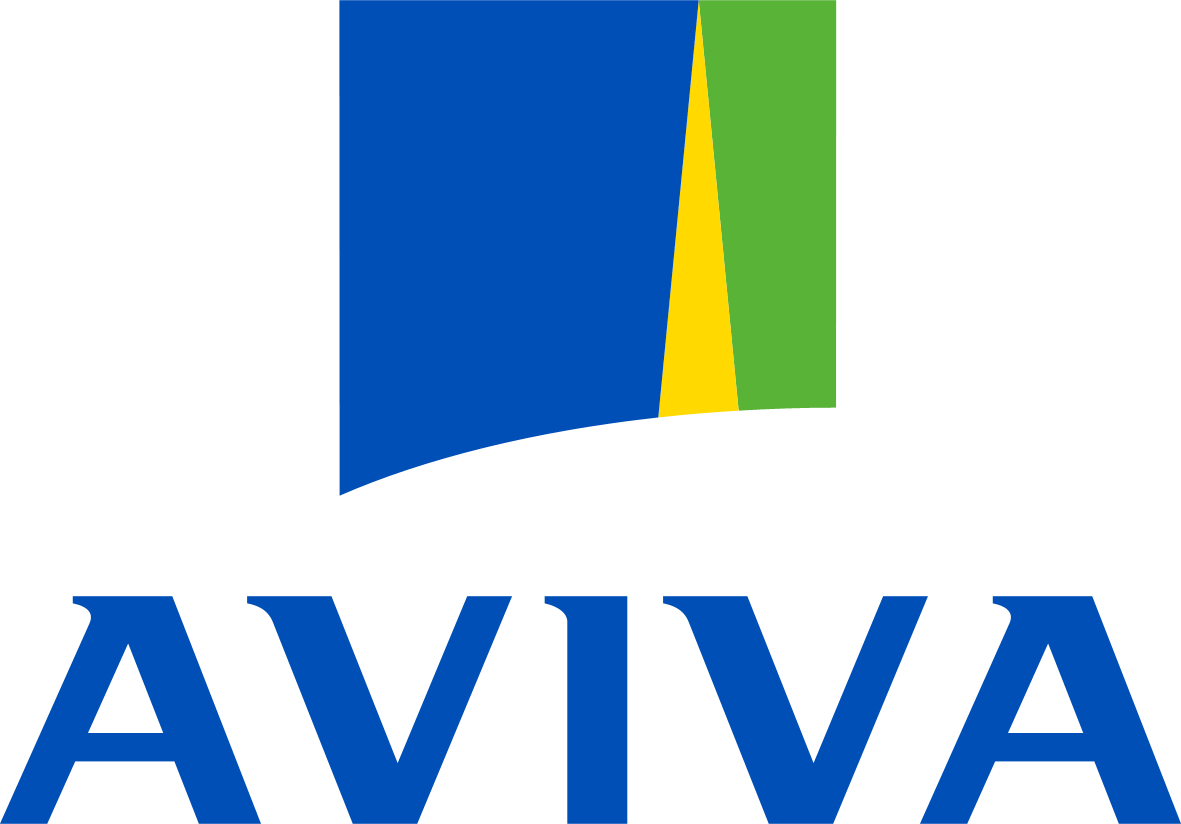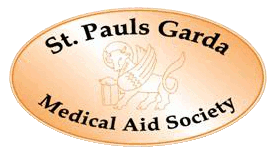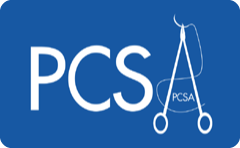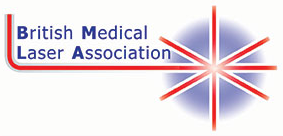 Download this information as a PDF
Download this information as a PDF
What is seborrhoeic dermatitis
Seborrhoeic dermatitis is a common, harmless, scaling rash affecting the face, scalp and other areas. It is most likely to occur where the skin is oily. The American spelling is ‘seborrheic’, and ‘dermatitis’ is sometimes called ‘eczema’.
Dandruff (also called ‘pityriasis capitis’) is an uninflamed form of seborrhoeic dermatitis. Dandruff presents as scaly patches scattered within hair-bearing areas of the scalp.
Seborrhoeic dermatitis may appear at any age after puberty. It fluctuates in severity and may persist for years. It may predispose to psoriasis. However, the plaques of psoriasis are more persistent, thicker, and a deeper red colour, with large flakes of white scale. Psoriasis is very likely to affect elbows and knees as well as the scalp. However, sometimes it is difficult to tell psoriasis from seborrhoeic dermatitis on the face, scalp and chest and your doctor may diagnose an overlap condition, known as ‘sebopsoriasis’.
What does seborrhoeic dermatitis look like?
Within the scalp, seborrhoeic dermatitis causes ill-defined dry pink or skin coloured patches with yellowish or white bran-like scale. It may spread to affect the entire scalp.
Seborrhoeic dermatitis is common within the eyebrows, on the edges of the eyelids (blepharitis), inside and behind the ears and in the creases beside the nose. It can result in pale pink round or ring shaped patches on the hairline
Sometimes it affects the skin-folds of the armpits and groin, the middle of the chest or upper back. It causes salmon-pink flat patches with a loose bran-like scale, sometimes in a ring shape (annular). It may or may not be itchy and can be quite variable from day to day.
What is the cause of seborrhoeic dermatitis?
Seborrhoeic dermatitis is believed to be an inflammatory reaction related to a proliferation of a normal skin inhabitant, a yeast called Malassezia (formerly known as Pityrosporum ovale). The main species found in the scalp is M. globosa. It produces toxic substances that irritate the skin. Patients with seborrhoeic dermatitis appear to have a reduced resistance to the yeast. Seborrhoeic dermatitis is not contagious or related to diet, but it may be aggravated by illness, psychological stress, fatigue, change of season and reduced general health. Those with immunodeficiency (especially infection with HIV) and with neurological disorders such as Parkinson's disease and stroke are particularly prone to it.
Treatment
Seborrhoeic dermatitis in adults may be very persistent. However, it can generally be kept under control with regular use of antifungal agents and intermittent applications of topical steroids.
Scalp
- Medicated shampoos containing ketoconazole, ciclopirox, selenium sulfide, zinc pyrithione, coal tar, and salicylic acid, used twice weekly for at least a month and if necessary, indefinitely.
- Steroid scalp applications reduce itching, and should be applied daily for a few days every so often.
- Tar cream can be applied to scaling areas and removed several hours later by shampooing.
Face, ears, chest & back.
- Cleanse the affected skin thoroughly once or twice each day using a non-soap cleanser.
- Apply ketoconazole or ciclopirox cream once daily for 2 to 4 weeks, repeated as necessary.
- 1% Hydrocortisone cream or ointments can also be used, applied up to twice daily for 1 or 2 weeks. Occasionally a more potent topical steroid may be prescribed.
- Topical calcineurin inhibitors such as pimecrolimus cream or tacrolimus ointment may also be useful.
- Severe cases may receive a course of oral antifungal medication or sometimes, ultraviolet radiation.














